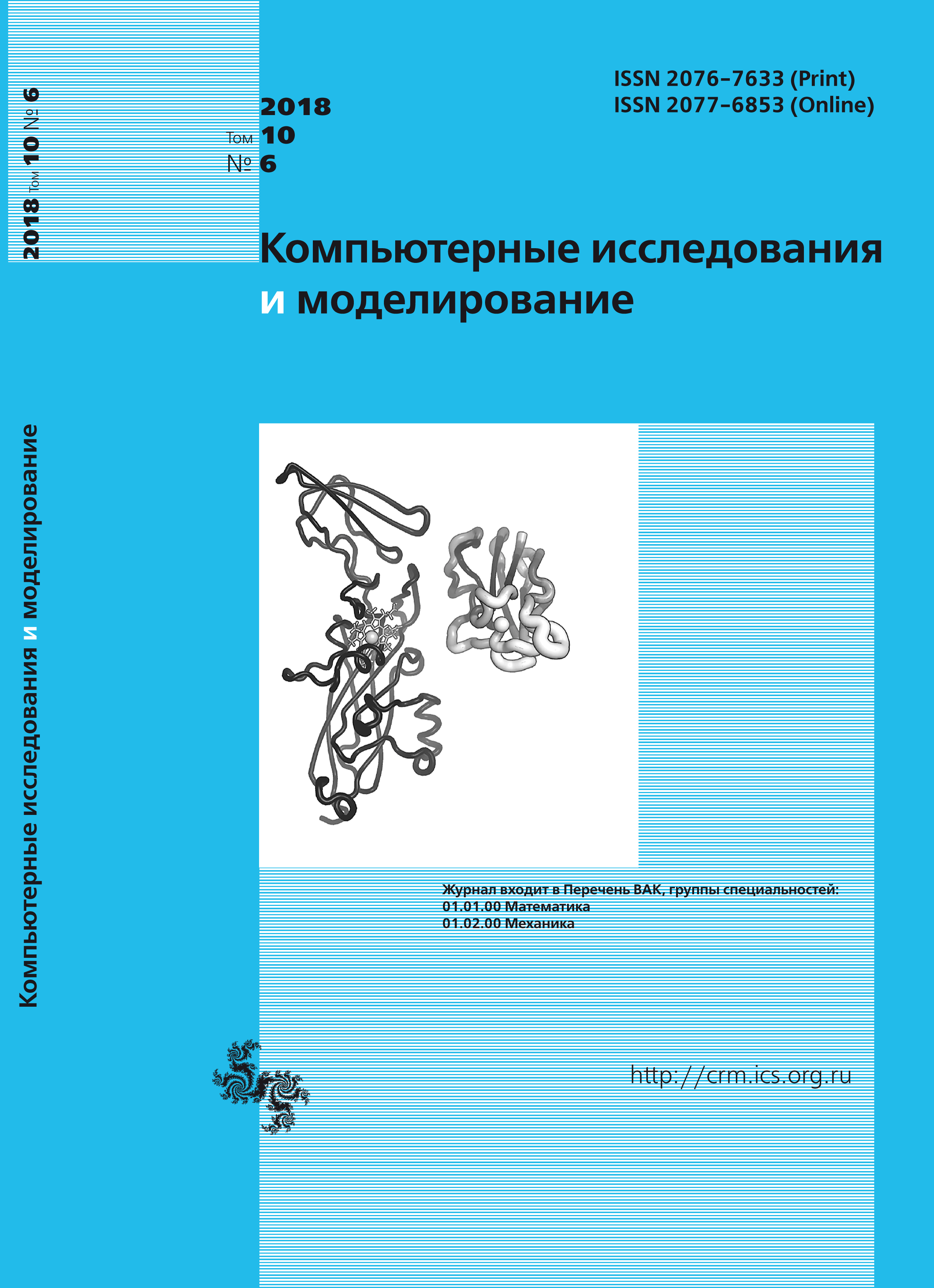All issues
- 2024 Vol. 16
- Issue 1 (special issue)
- 2023 Vol. 15
- 2022 Vol. 14
- 2021 Vol. 13
- 2020 Vol. 12
- 2019 Vol. 11
- 2018 Vol. 10
- 2017 Vol. 9
- 2016 Vol. 8
- 2015 Vol. 7
- 2014 Vol. 6
- 2013 Vol. 5
- 2012 Vol. 4
- 2011 Vol. 3
- 2010 Vol. 2
- 2009 Vol. 1
Analysis of a numerical method for studying upward flame spread over solid material
Reduction of the fire hazard of polymeric materials is one of the important scientific and technical problems. Since complexity of experimental procedures associated with flame spread, establishing reacting flows theoretical basics turned out to be crucial field of modern fundamental science. In order to determine parameters of flame spread over solid combustible materials numerical modelling methods have to be improved. Large amount of physical and chemical processes taking place needed to be resolved not just separately one by one but in connection with each other in gas and solid phases.
Upward flame spread over vertical solid combustible material is followed by unsteady eddy structures of gas flow in the vicinity of flame zone caused by thermal instability and natural convection forces accelerating hot combustion products. At every moment different amount of heat energy is transferred from hot gas-phase flame to solid material because of eddy flow structures. Therefore, satisfactory heat flux and eddy flow modelling are important to estimate flame spread rate.
In the current study we evaluated parameters of numerical method for flame spread over solid combustible material problem taking into account coupled nature of complex interaction between gas phase, solid material and eddy flow resulted from natural convection. We studied aspects of different approximation schemes used in differential equations integration process over space and time, of fields relaxation during iterations procedure carried out inside time step, of different time step values.
Mathematical model formulated allows to simulate flame spread over solid combustible material. Fluid dynamics is modeled by Navier – Stokes system of equations, eddy flow is described by combined turbulent model RANS–LES (DDES), turbulent combustion is resolved by modified turbulent combustion model Eddy Break-Up taking into account kinetic effects, radiation transfer is modeled by spherical harmonics method of first order approximation (P1). The equations presented are solved in OpenFOAM software.
Indexed in Scopus
Full-text version of the journal is also available on the web site of the scientific electronic library eLIBRARY.RU
The journal is included in the Russian Science Citation Index
The journal is included in the RSCI
International Interdisciplinary Conference "Mathematics. Computing. Education"







